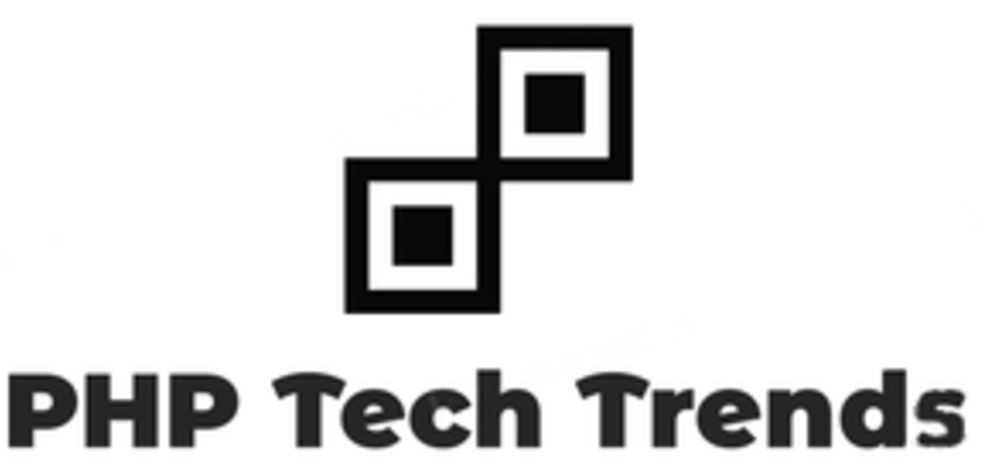Welcome to the exciting world where PHP meets Blockchain! In this blog post, we will delve into the realm of decentralized applications (DApps) and explore how PHP can be used to develop innovative solutions in the blockchain space. Get ready to uncover the benefits, challenges, and real-world examples of combining PHP with blockchain technology. Let’s embark on a journey where traditional web development meets cutting-edge decentralization!
Understanding Decentralized Applications (DApps)
Decentralized Applications, commonly referred to as DApps, are a revolutionary type of application that runs on a decentralized network of computers. Unlike traditional apps that rely on centralized servers, DApps operate independently and securely thanks to blockchain technology.
One key feature of DApps is their transparency and immutability. All transactions and actions within the application are recorded on the blockchain, making them tamper-proof and verifiable by anyone in the network.
DApps also provide users with more control over their data and digital assets. With no central authority governing the app, users can interact directly with each other in a peer-to-peer fashion.
Smart contracts play a vital role in DApp functionality by automating processes without the need for intermediaries. These self-executing contracts ensure trustless transactions between parties involved.
Understanding DApps opens up a world of possibilities for creating efficient, secure, and transparent applications that redefine how we interact with technology.
Benefits of Developing DApps with PHP
When it comes to developing decentralized applications (DApps), using PHP can offer a range of benefits.
PHP is a popular and widely-used programming language known for its simplicity and ease of use, making it accessible for developers looking to enter the world of blockchain technology.
By leveraging PHP for DApp development, developers can take advantage of its vast ecosystem of libraries and frameworks, which can streamline the development process and reduce time-to-market.
PHP’s compatibility with various databases makes it easier to manage data within DApps, enhancing their functionality and performance.
PHP’s strong community support means that developers have access to a wealth of resources and expertise when building DApps with this language.
Challenges and Limitations of Using PHP for Blockchain Development
When it comes to using PHP for blockchain development, there are certain challenges and limitations that developers may encounter. One of the main hurdles is the performance issue, as PHP is not known for its high speed when handling complex calculations and transactions on the blockchain.
Another challenge is the lack of built-in support for interacting with blockchain networks in PHP. Developers often have to rely on external libraries or APIs to facilitate communication between their PHP applications and the decentralized network.
Security is also a concern when developing blockchain applications with PHP. The language’s flexibility can sometimes lead to vulnerabilities if not handled properly, potentially exposing sensitive data or funds to security risks.
Maintaining compatibility with different blockchain protocols and updates can be tricky when using PHP. Ensuring seamless integration with evolving technologies requires constant monitoring and adjustment by developers.
Examples of Successful DApps built with PHP and Blockchain
One prime example of a successful DApp built with PHP and blockchain is the decentralized marketplace application. This platform allows users to buy and sell goods directly without any intermediary, ensuring secure transactions through smart contracts. Another notable DApp is a decentralized voting system that utilizes PHP for its backend development, providing a transparent and tamper-proof way to conduct elections or polls.
There are DApps in the healthcare sector that use PHP and blockchain technology to securely store patient records while maintaining privacy and security. These applications offer patients control over their data while enabling healthcare providers access when needed. Additionally, crowdfunding platforms have emerged as successful DApps using PHP and blockchain – allowing individuals to raise funds for projects without relying on traditional financial institutions.
Innovative gaming platforms have also been developed using PHP and blockchain technology, offering players provably fair gameplay while ensuring transparency in transactions within the game ecosystem. The potential for creating diverse and impactful decentralized applications with PHP and blockchain remains vast, showcasing the versatility of these technologies in revolutionizing various industries.
Conclusion
In a world where decentralization and security are becoming increasingly important, the combination of PHP and blockchain technology offers a promising avenue for developing decentralized applications. While there may be challenges and limitations when using PHP for blockchain development, the benefits far outweigh them. The successful DApps already built with PHP and blockchain serve as testament to the potential of this technology stack.
As developers continue to explore new ways to leverage PHP in building DApps, we can expect even more innovative solutions to emerge. With its versatility and widespread use, PHP is poised to play a significant role in shaping the future of decentralized applications.
So, whether you’re an experienced developer looking to expand your skill set or a newcomer interested in exploring the world of blockchain technology, consider delving into developing DApps with PHP. The possibilities are endless, and the rewards could be substantial.

